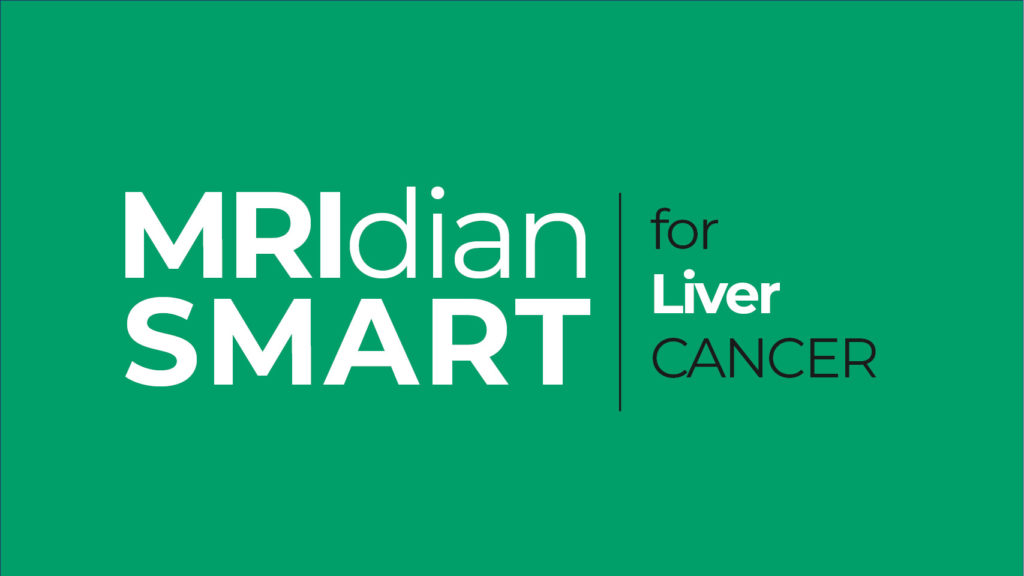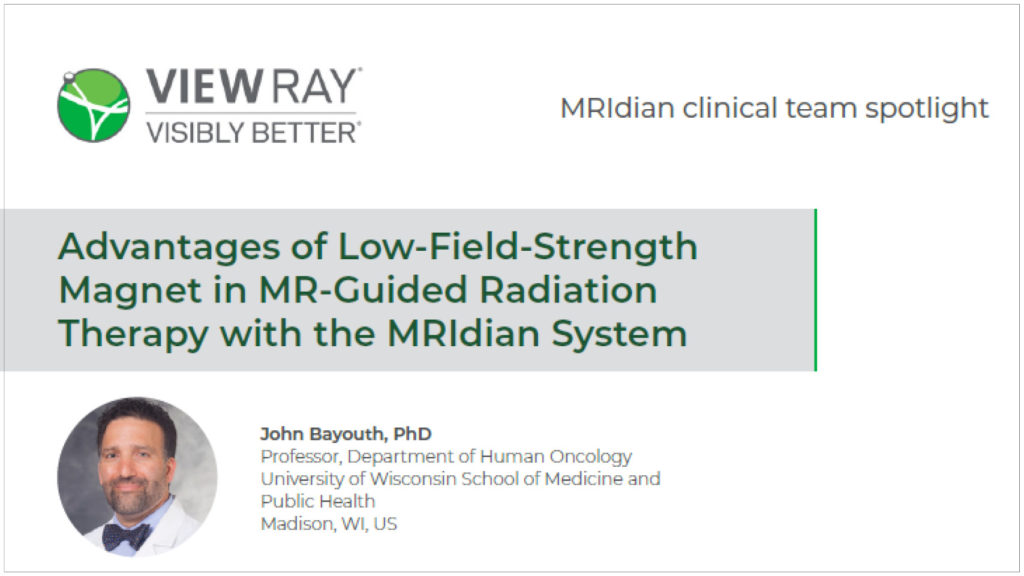MRIdian A3i SMART for Liver Cancer
For Patients

Confidently treat liver cancer with ablative dose, while sparing organs at risk
Liver cancer is the fifth most common type of cancer worldwide, with 841,080 new cases each year.1 And it’s the fourth leading cause of cancer death, with 781,631 patients succumbing to the disease annually.1
Today, MRIdian A3i is changing the paradigm for liver cancer treatment.
- MRIdian A3i can deliver ablative doses to difficult-to-treat tumors, including liver tumors.2,3
- Evidence has shown that ablative dose, 75-100 Gy biological effective doses (BED10), drive favorable outcomes.2,3,4
- On-table adaptation enables clinicians to re-optimize and escalate dose to 75-100 Gy BED10 while maintaining normal organ dose constraints.2,3
- Real-time tumor tracking and gating reduce dose to organs at risk.2,3
For Important Safety Information click here
MRIdian for Liver Cancer
"Only on MRIdian"
Safely treating liver tumors with ablative doses can be challenging requiring a new level of precision and accuracy. See how Acibadem University Maslak Hospital is using MRIdian to treat smarter with ablative doses that work harder to destroy tumors and spare healthy tissues. With the potential to improve outcomes, reduce side effects and deliver better patient quality of life, is this the future of cancer care?
Speaker:
Enis Ozyar, MD
Acibadem University Maslak Hospital
Watch this scientific presentation
MRIdian for Liver Cancer
Clinical Resources
To learn more about ongoing clinical trials for liver cancer, visit our Clinical Trials page.
Where can I go for more information?
Please contact your healthcare provider with any questions or concerns.
Important Safety Information
Indications for Use (IFU): The MRIdian Linac system, with magnetic resonance imaging capabilities, is intended to provide stereotactic radiosurgery and precision radiotherapy for lesions, tumors, and conditions anywhere in the body where radiation treatment is indicated. The MRIdian Linac System is not appropriate for all patients, including those who are not candidates for magnetic resonance imaging.
Important Safety Information (ISI): Radiation treatments may cause side effects that can vary depending on the part of the body being treated. The most frequent ones are typically temporary and may include, but are not limited to, irritation to the respiratory, digestive, urinary or reproductive systems; fatigue; nausea; skin irritation; and hair loss. In some patients, side effects can be severe. Treatment sessions may vary in complexity and duration.
Radiation treatment is not appropriate for all cancers. You should discuss the potential for side effects and their severity as well as the benefits of radiation and magnetic resonance imaging with your doctor to make sure radiation treatment is right for you.
Disclaimer: The opinions and clinical experiences presented herein are specific to the featured physicians and the featured patients and are for information purposes only. Nothing in this material is intended to provide specific medical advice or to take the place of written law or regulations. Results of treatment presented in the videos and information on this webpage are not indicative of typical or future results.
Discuss treatment options with your doctor, including the risks and benefits of the entire course of treatment specific to your individual needs. MRIdian Linac systems are only available at appropriately equipped facilities with specially trained physicians.
Citations
- Ferlay, J., et al. (2018). Global Cancer Observatory: Cancer Today. Lyon, France: International Agency for Research on Cancer. Retrieved August 30, 2019 from https://gco.iarc.fr/today.
- Rosenberg S. A. et al. (2018). A multi-institutional experience of MR-guided liver stereotactic body radiation therapy. Advances in Radiation Oncology, 4(1), 142-149.
- Witt JS, Rosenberg SA, Bassetti MF. MRI-guided adaptive radiotherapy for liver tumours: visualising the future. Lancet Oncol. 2020 Feb;21(2):e74-e82. doi: 10.1016/S1470-2045(20)30034-6. PMID: 32007208.
- Toesca DA, Osmundson EC, Eyben RV, et al. Central liver toxicity after SBRT: An expanded analysis and predictive nomogram. Radiother Oncol. 2017;122(1):130–136.



